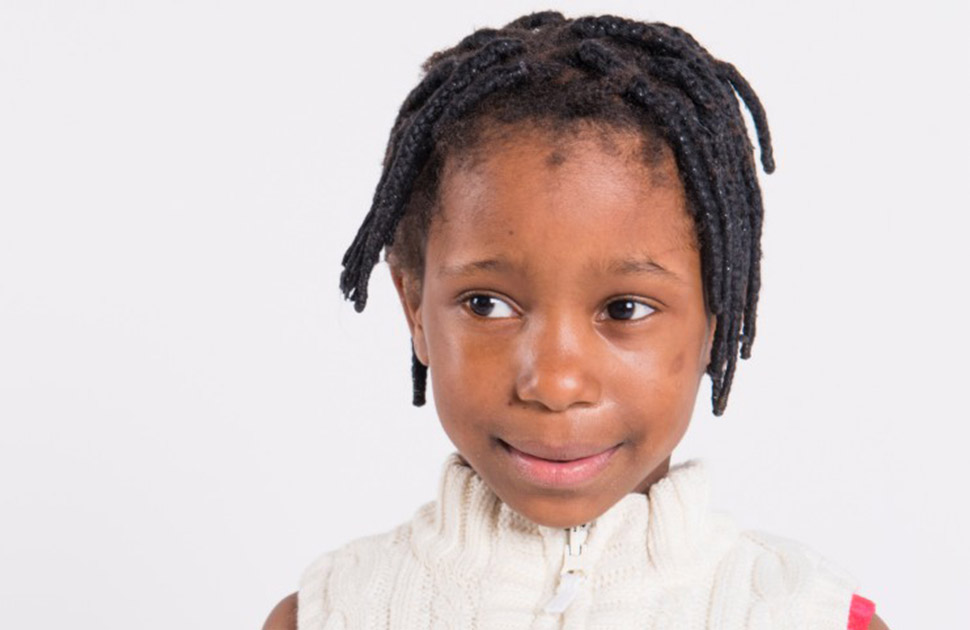
For best results make sure background graphics are enabled.
What is Swimmer's Ear?
Swimmer's ear or otitis externa is an infection in the outer ear canal, which runs from your eardrum to the outside of your head. It is frequently caused by water that remains in your ear after a swim. This creates a moist environment where bacteria and germs grow.
Swimmer’s ear is also commonly caused by inserting fingers, cotton swabs or other objects in your ears. This damages the thin layer of skin lining your ear canal.
How can Swimmer’s ear be treated?
In most cases, swimmer’s ear can be treated using eardrops. The faster you treat a swimmer’s ear, the less likely you are to experience a serious infection.
If the eardrops cannot enter your ear due to swelling, you may need to see a specialist.
At-home preventive treatment
If you are certain that your child does not have a punctured eardrum; they can use a homemade preventive eardrop solution before and after swimming.
How? Mix 1-part white vinegar and 1-part rubbing alcohol (70% Isopropyl Alcohol).
Pour 1 teaspoon of the solution into each ear and let it drain back out. This solution may help promote drying and prevent the growth of bacteria and fungi that can cause swimmer's ear.

At home preventative tips
If you are certain that you do not have a punctured eardrum; you can use a homemade preventive eardrop solution before and after swimming.
How? Mix 1-part white vinegar and 1-part rubbing alcohol (70% Isopropyl Alcohol).
Pour 1 teaspoon of the solution into each ear and let it drain back out. This solution may help promote drying and prevent the growth of bacteria and fungi that can cause swimmer's ear.
How to avoid swimmer’s ear and other ear infections?
Make sure that your child or youth's ears are dry after exposure to moisture from swimming or bathing.
Dry only the outer ear, wiping it slowly and gently with a soft towel or cloth. Tip your child's head to the side to help the water drain from their ear canal. You can also carefully dry their ears with a blow dryer (ensure it’s on the lowest setting) and hold it at least a foot away from their ear.
Ensure your kid(s) always swim wisely and watch for bacterial signs.
If you own a pool, keep the pH on the lower end of the scale.
Ensure your kid(s) do not put anything in their ears OR attempt to scratch an itch or dig out their earwax.
Be cautious. If your child or youth has recently had an ear infection or ear surgery, talk to your doctor before allowing them to swim again.
Symptoms
Swimmer's ear symptoms are usually mild at first, but they may get worse if infection spreads or is not properly treated. Doctors often classify swimmer's ear according to mild, moderate and advanced stages of progression.
Mild signs and symptoms
- Itching in ear canal
- Slight redness inside ear
- Mild discomfort that's made worse by pulling on the outer ear
- Little "bump" (tragus) on the front of the ear
- Drainage of clear, odorless fluid
Moderate symptoms
- More intense itching
- Increasing pain
- More extensive redness in your ear
- Excessive fluid drainage
- Discharge of pus
- Feeling of fullness inside the ear and partial blockage of the ear canal caused by swelling, fluid and debris
- Decreased or muffled hearing
Urgent symptoms
- Severe pain to the face, neck or side of your child or youth's head
- Complete blockage of the ear canal
- Redness or swelling of the outer ear
- Swollen lymph nodes
- Fever
When to see a doctor
Contact your doctor if your child or youth is experiencing any signs or symptoms of swimmer's ear, even if they're mild. Please visit the emergency room if your child or youth experiences severe pain or fever, or if the swelling is preventing the eardrops from entering the ear.
 Looking for translation?
Looking for translation?
Did you know: our care resources can be translated into over 100 languages using Google Translate! Click the Translate button on the top right corner of your screen and select your preferred language to get started.
Disclaimer
This resource is for educational purposes only, and was originally written in English and translated to French. Translation to any other languages is automatically provided through Google Translate, and not official. There may be subtle differences or inaccuracies. If you have any questions about medical matters including your care and treatment, please reach out to your health-care team.




